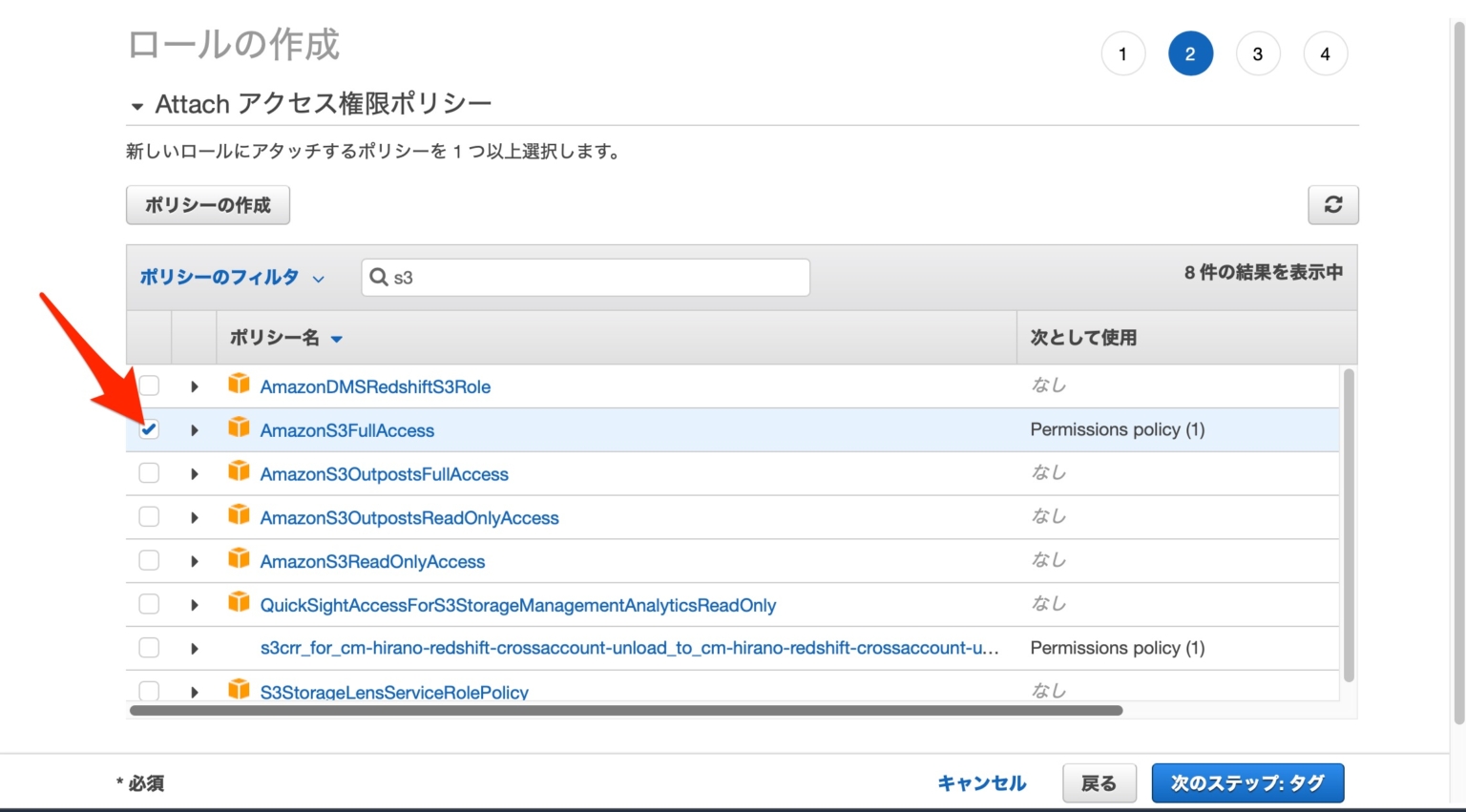

When splitting your data files, ensure that they are of approximately equal size – between 1 MB and 1 GB after compression. In the example shown below, a single large file is loaded into a two-node cluster, resulting in only one of the nodes, “Compute-0”, performing all the data ingestion: As a result, the process runs only as fast as the slowest, or most heavily loaded, slice. When you load the data from a single large file or from files split into uneven sizes, some slices do more work than others. When you load data into Amazon Redshift, you should aim to have each slice do an equal amount of work. For example, each DS2.XLARGE compute node has two slices, whereas each DS2.8XLARGE compute node has 16 slices. The number of slices per node depends on the node type of the cluster. Each node is further subdivided into slices, with each slice having one or more dedicated cores, equally dividing the processing capacity. COPY data from multiple, evenly sized filesĪmazon Redshift is an MPP (massively parallel processing) database, where all the compute nodes divide and parallelize the work of ingesting data.

COPY data from multiple, evenly sized files.

This post guides you through the following best practices for ensuring optimal, consistent runtimes for your ETL processes: When migrating from a legacy data warehouse to Amazon Redshift, it is tempting to adopt a lift-and-shift approach, but this can result in performance and scale issues long term. To operate a robust ETL platform and deliver data to Amazon Redshift in a timely manner, design your ETL processes to take account of Amazon Redshift’s architecture. You can set up any type of data model, from star and snowflake schemas, to simple de-normalized tables for running any analytical queries. With Amazon Redshift, you can get insights into your big data in a cost-effective fashion using standard SQL. This is typically executed as a batch or near-real-time ingest process to keep the data warehouse current and provide up-to-date analytical data to end users.Īmazon Redshift is a fast, petabyte-scale data warehouse that enables you easily to make data-driven decisions. A string constant with a dollar quotation mark consists of a dollar sign ($), an optional "tag" consisting of zero or more characters, a dollar sign, a sequence of any character that makes up a string constant, a dollar sign, the same tag that you specified at the beginning of this quotation mark, and a dollar sign.New: Read Amazon Redshift continues its price-performance leadership to learn what analytic workload trends we’re seeing from Amazon Redshift customers, new capabilities we have launched to improve Redshift’s price-performance, and the results from the latest benchmarks.Īn ETL (Extract, Transform, Load) process enables you to load data from source systems into your data warehouse. To make queries more readable in these situations, PostgreSQL provides a way to specify other string constants called "dollar quotes". In most cases, the syntax for specifying string constants in SQL is useful, but if there are many single quotation marks or backslashes in the target string, it will be difficult to understand because they must all be doubled. String constants quoted with dollar signs So if you go to see the official documentation of PostgreSQL instead of Redshift, there is the following description.Ĥ.1.2.2. Regarding this $$ notation, the respondent to StackOverflow earlier said "Postgres style". (Bonus) What is this "$$" in the first place?
#REDSHIFT UNLOAD PASSWORD#
connect ( host = host, dbname = dbname, port = port, user = user, password = password ) unload_template = "UNLOAD (' \\$\\\$) because it does not need to escape single quotes in the query.


 0 kommentar(er)
0 kommentar(er)
